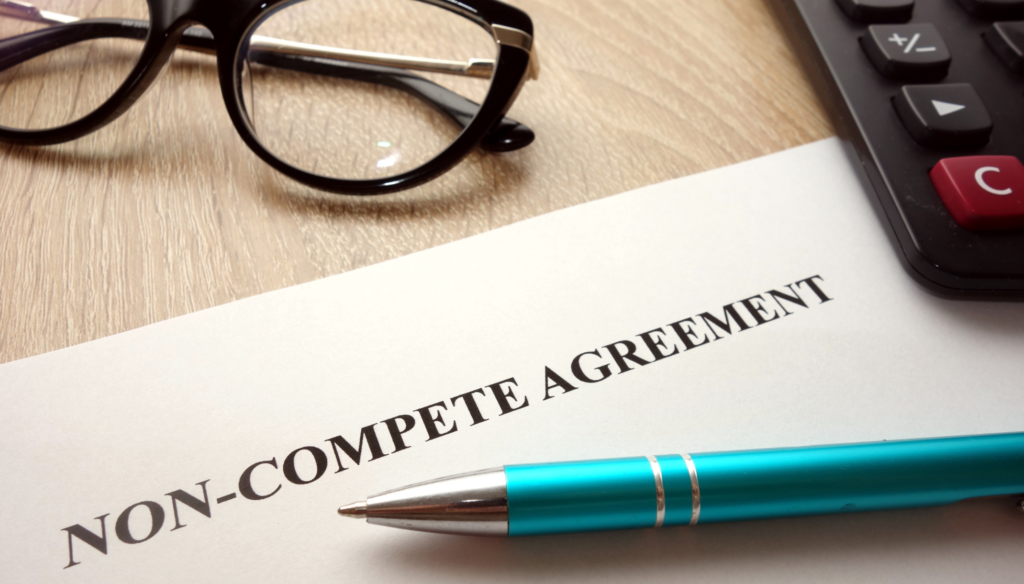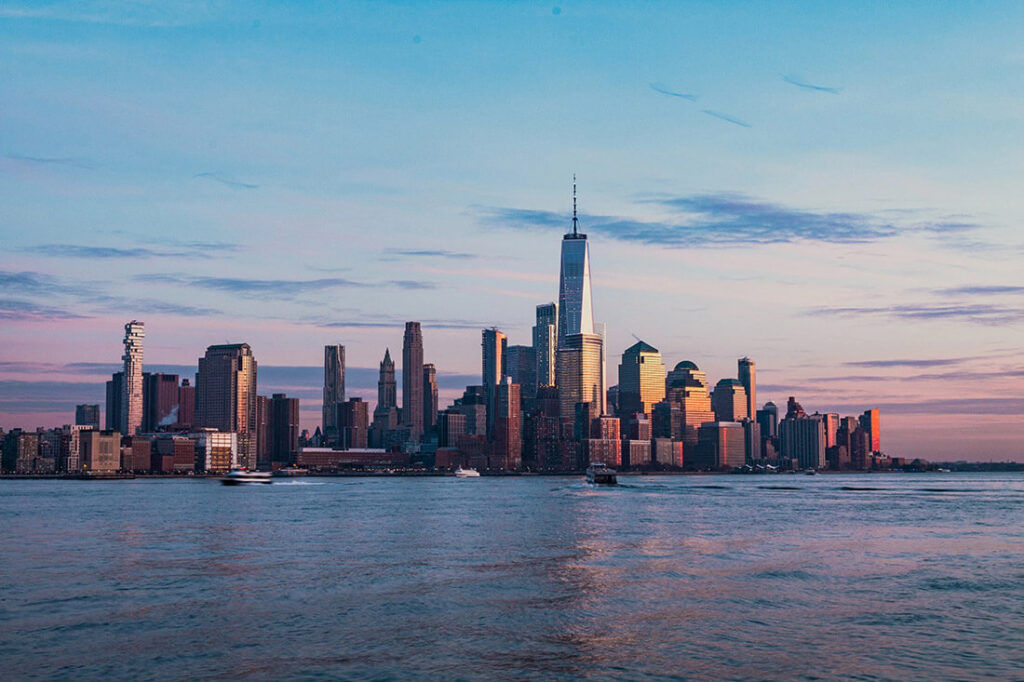
On June 20, 2023, the New York State legislature passed Bill No. S3100A (the “Bill”), which would prohibit the use of non-compete agreements for all workers, irrespective of their wage bracket or job title. The Bill, which has now been sent to Governor Kathy Hochul, is expected to take effect 30 days after it is signed into law. However, it is not yet clear whether the Governor will sign off on this legislation.
If signed into law, the Bill would ban the use of a “non-compete agreements” between an employer and “any covered individual.” The Bill defines “non-compete agreement” as any arrangement, or clause within an agreement, between an employer and an employee that limits or prevents the employee from seeking employment after their current employment has ended. A “covered individual,” refers to anyone who performs work or services for another person in such a way that they are economically dependent on, and obligated to perform duties for, that person. This definition applies regardless of whether the individual is in a traditional employment or independent contractor relationship.
Importantly, the Bill states that the law shall be “applicable to contracts entered into or modified after” the effective date of the law. Therefore, it seems that the law will not apply retroactively or invalidate existing non-compete agreements.
The Bill explicitly states “Every contract by which anyone is restrained from engaging in a lawful profession, trade, or business of any kind is to that extent void.” Furthermore, it allows any “covered individual” to bring a civil action in a court of competent jurisdiction against any employer or persons alleged to have violated this section.
The Bill creates a two-year statute of limitations to bring an action and, if successful, an employee could recover a injunction against the enforcement of the noncompete agreement, their attorneys’ fees, lost wages, and liquidated damages (which will be capped at $10,000).
Importantly, the Bill would not apply to agreements prohibiting the disclosure of trade secrets or confidential information, or agreements that prohibit solicitation of vendors or clients of the employer.
Business should oppose this bill by writing to the Governor. Should the Bill pass, however, we will update our readers.

